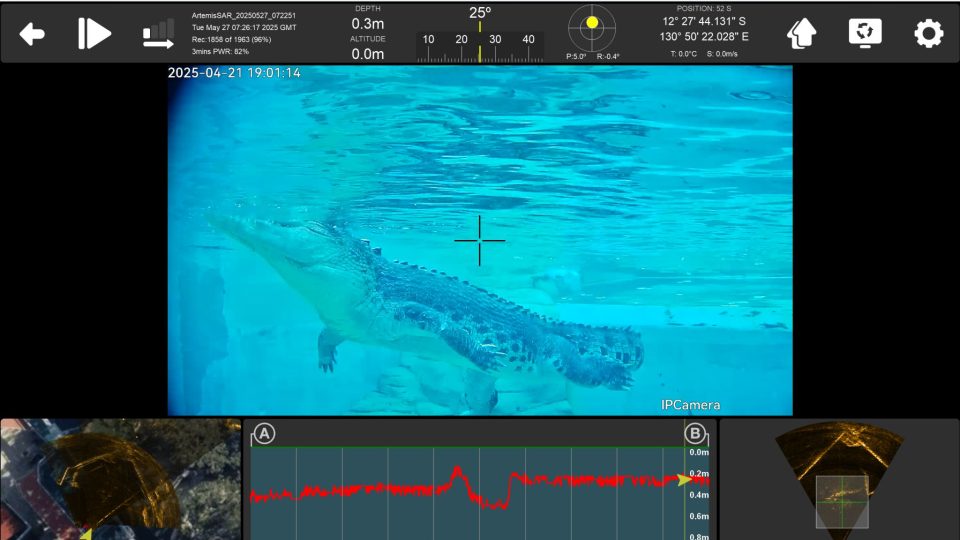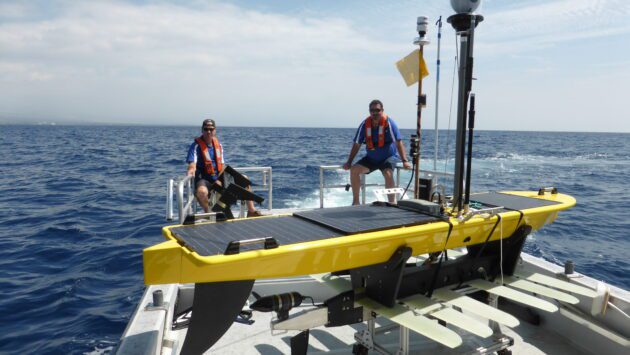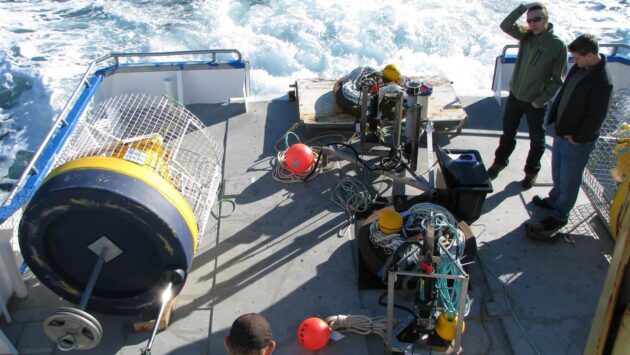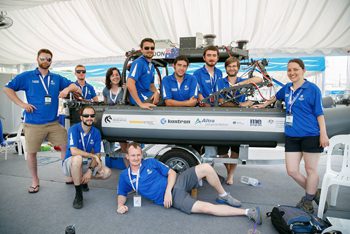Beyond the Surface: ArtemisSAR Enhances Diver Safety in Hostile Waters
How Sonar Technology is Transforming Search and Rescue Operations
In the Northern Territory, just off the coast of Darwin, sits the BlueZone team in a small aluminum boat. Infamous for its large, wild, saltwater crocodile population, safety is a priority when working in and around the waterways of the NT. Atop the surface it’s calm, but the team are about to get a glimpse of the challenging conditions Surf Life Savers and Police Divers work in day-to-day. The task? Survey the area for potential foreign objects.
Despite glassy conditions, visibility is so low you cannot see 2 meters below the surface. With no concept of what lurks beneath the waves, formerly, a team of divers would be sent into the water with a torch, an oxygen tank, and a mission.
Luckily for the team, our friends at Blueprint Subsea, in the UK, have developed the ‘ArtemisSAR’ (Search and Rescue) and this is only a training exercise.
The ArtemisSAR is a pole mounted pan and tilt sonar, and a Camera/ Light/ GPS combo device with waterproof topside display for live subsurface scanning. It is designed to assist with the identification and location of foreign objects in low visibility conditions. With effortless two-person deployment, the system improves underwater operations by rapidly locating targets before diver entry and scanning for hazards in advance—enhancing both efficiency and safety on every dive.
Deploying a training mannequin into the water provides immediate insight into the speed and force of underwater currents. Highlighting just how difficult it is to locate objects efficiently when they are swept away in a constantly shifting current. Using the ArtemisSAR, the simulated casualty is successfully located on the sonar within minutes—without the need to deploy a diver. With no splashing divers in this hostile environment, the risk of attracting unwanted attention is greatly reduced for search and rescue operations.
Australia is home to some of the most dangerous animals in the world. Most notably our waters, are inhabited by various aggressive crocodile and shark species. The ArtemisSAR offers a prominent advantage for key personnel—such as Surf Life Savers, Australian Police, and National Park Rangers who frequently operate in these waters. Its’ ease of use means non-diver resources can be trained to use this system resulting in two key benefits:
- A better allocation of resources—where a diver may not be required
- Preventative safety—keeping divers out of the water for longer as well as the inspection of swimming locations for crocodiles after the wet season in WA, QLD and the NT.
As a proof of concept, BlueZone and Blueprint spent time at Crocosaurus Cove in the NT. By combining real-time sonar with high-resolution visual imagery, the demonstration highlighted how camera image enhances below-surface threat detection—providing critical visual confirmation of submerged objects, animal movement, and environmental hazards that sonar alone may not fully characterize. This dual-layered sensing capability significantly improves situational awareness in complex, high-risk aquatic environments.
On this trip we had the privilege to see firsthand the benefits of the ArtemisSAR in prioritizing the safety of first responders working in hazardous waterways. Its powerful integration of sonar and camera technology delivers rapid, reliable insights without risking human life. As demands for safer, smarter underwater operations grow, solutions like the ArtemisSAR are shaping the future of maritime search and rescue.
Get ready to dive into innovation—BlueZone Group will be making waves at IndoPacific 2025 this November! Swing by our booth to explore the full range of Blueprint Subsea products and discover how we’re collaborating to shape the future of underwater technology.
For more information on Blueprint Subsea’s ArtemisSAR please Contact BlueZone.
Read More:
BluePrint Subsea Artemis Diver Navigation Systems
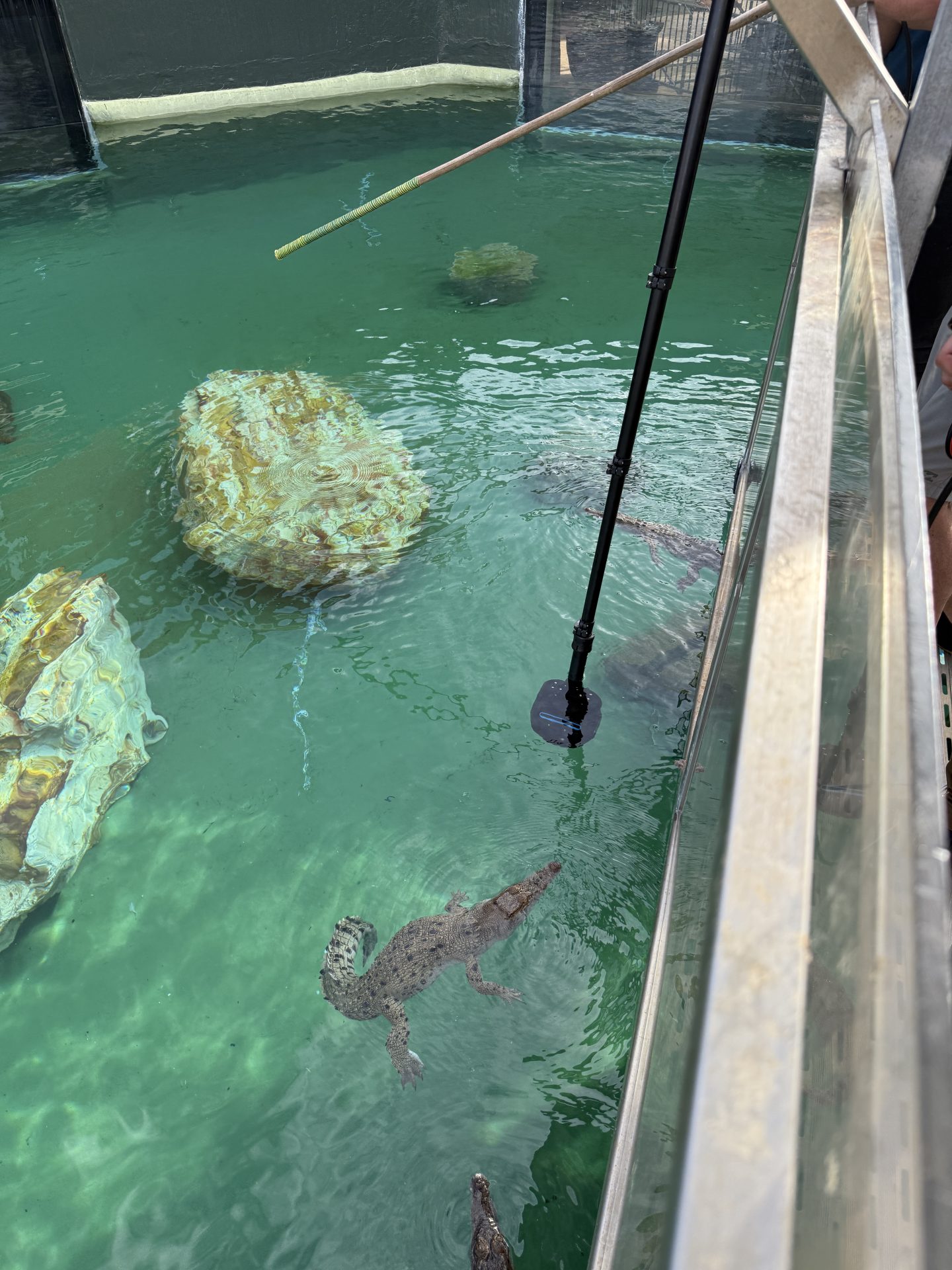
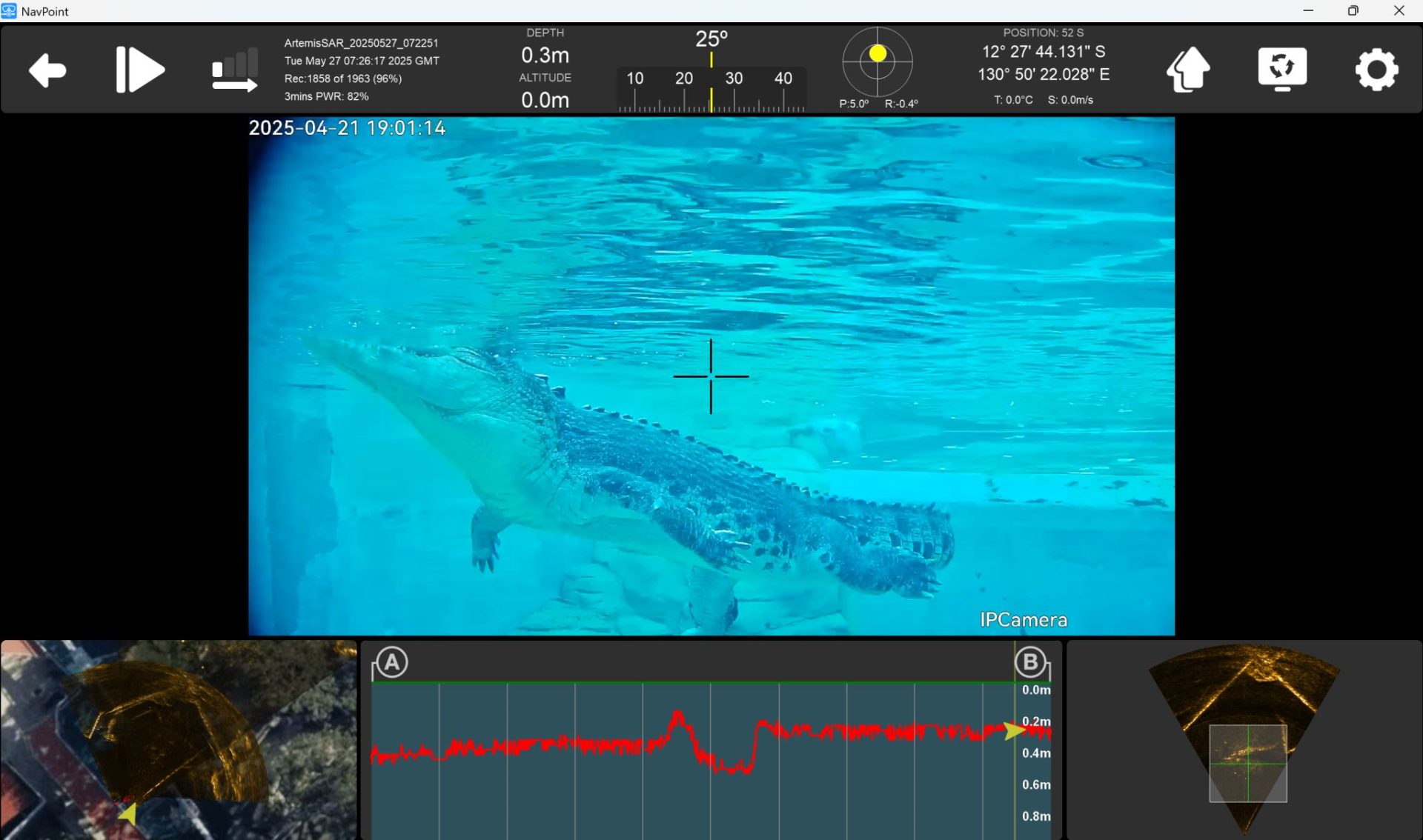
ArtemisSAR in Use at Crocosaurus Cove NT (Photo credit: BlueZone Group x Blueprint Subsea).

